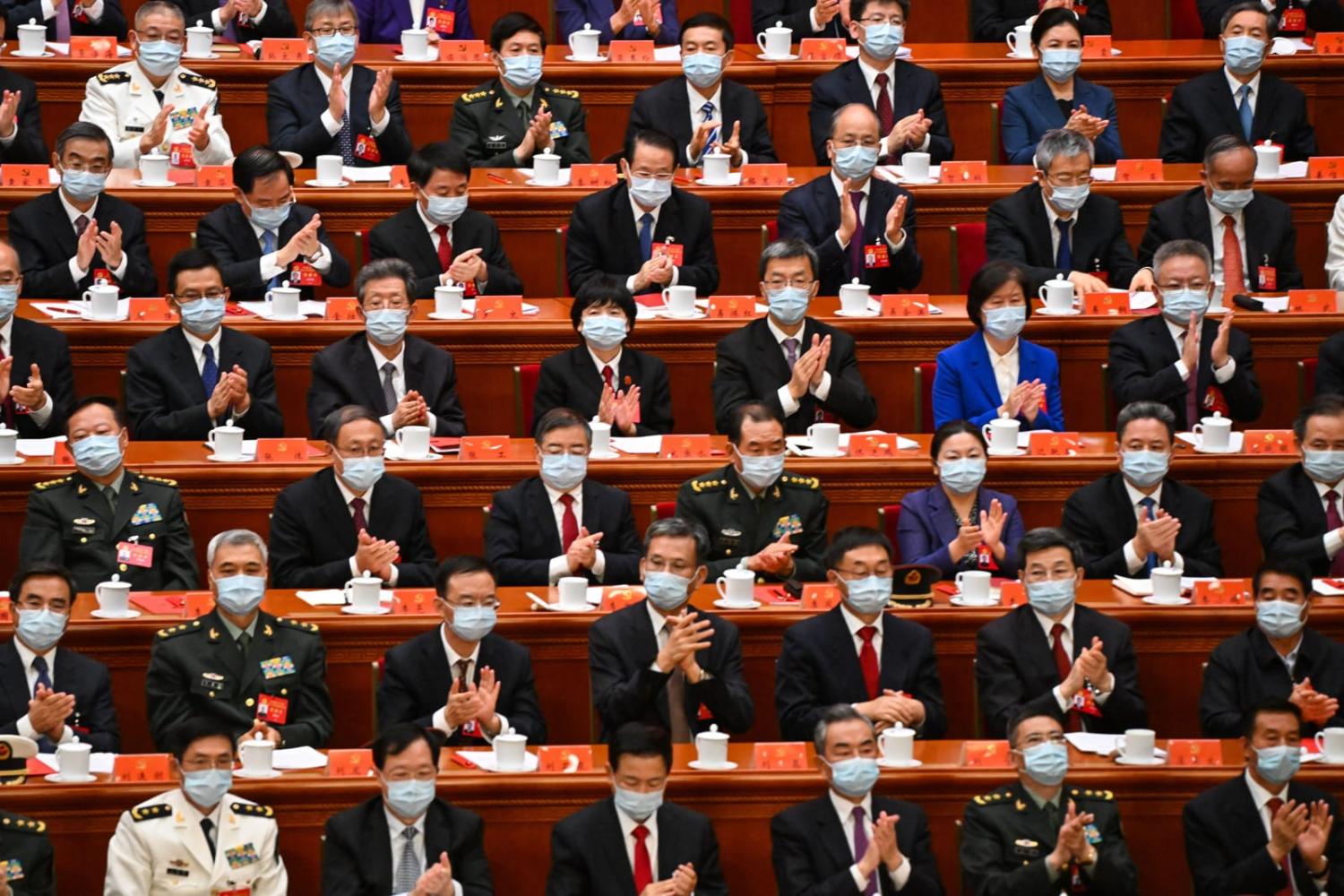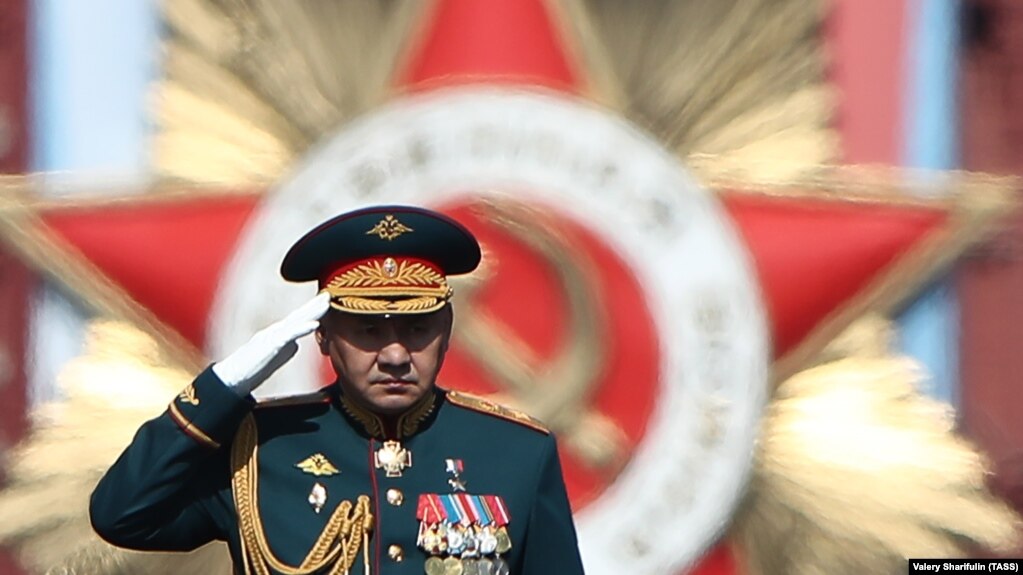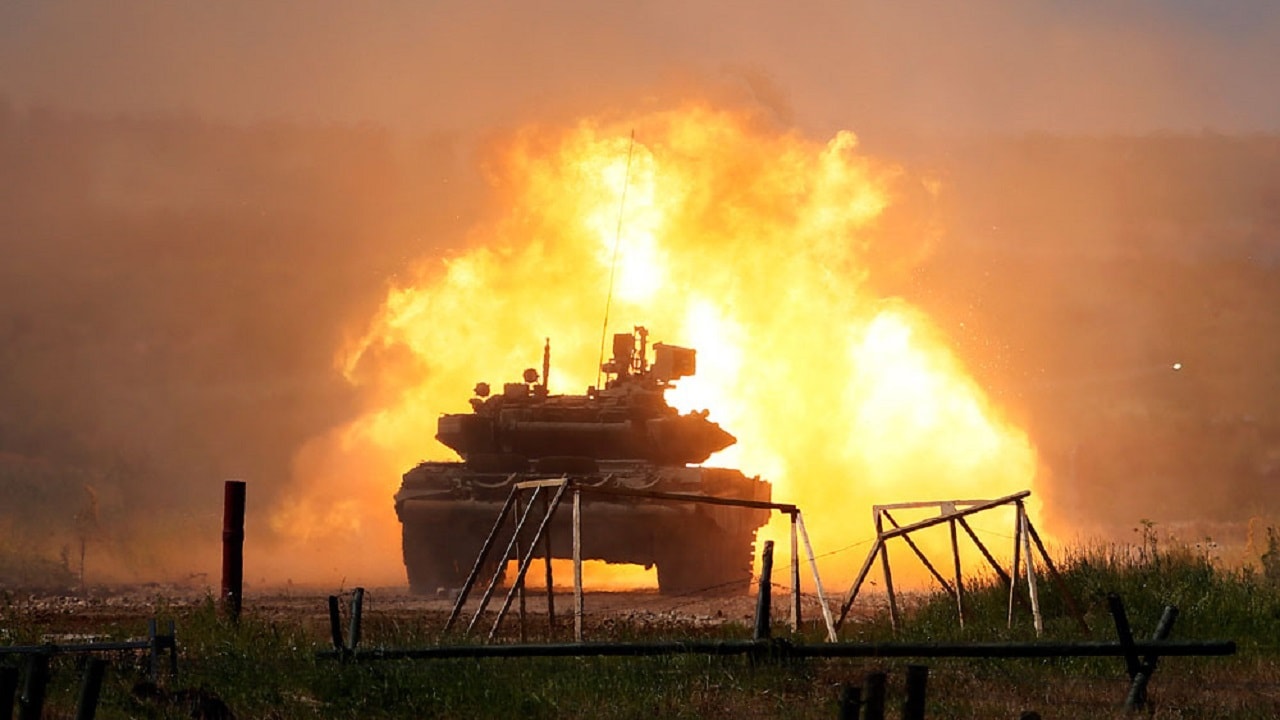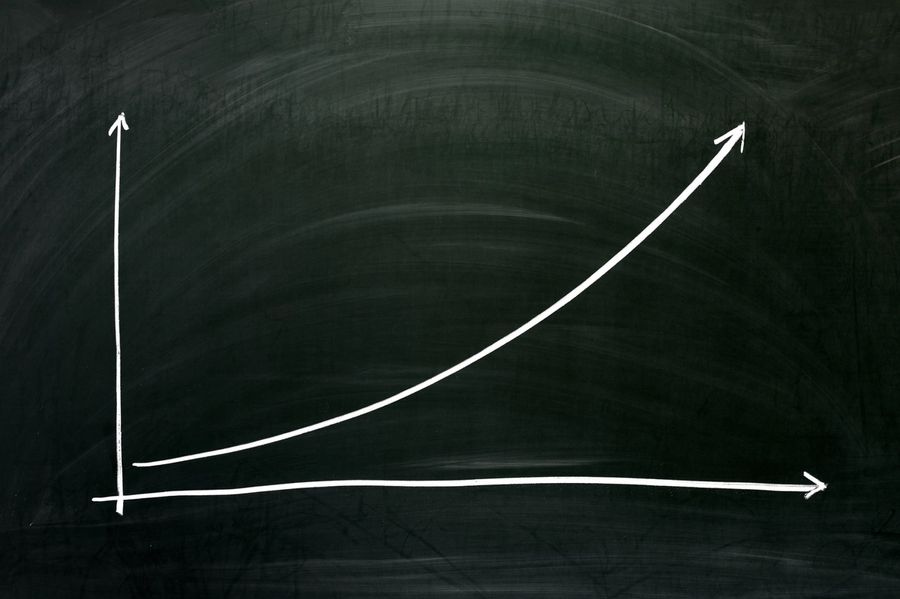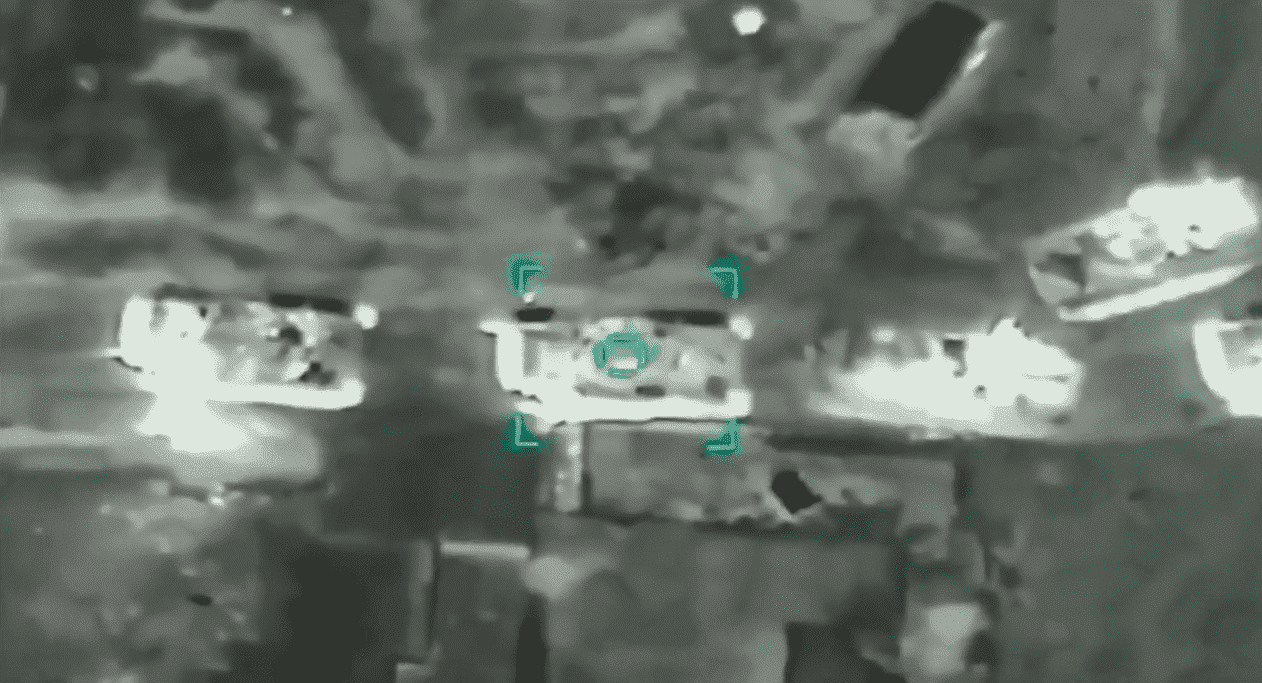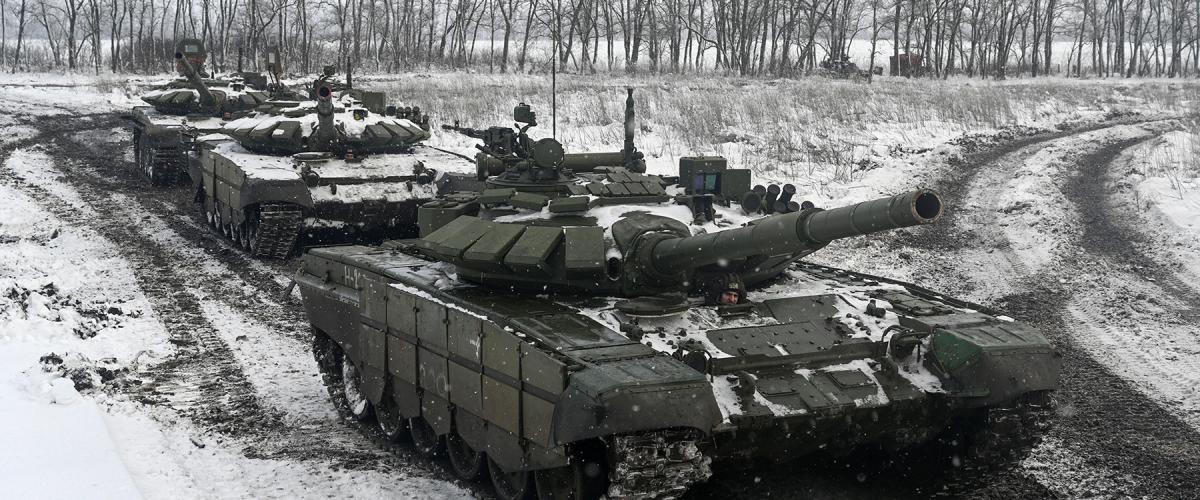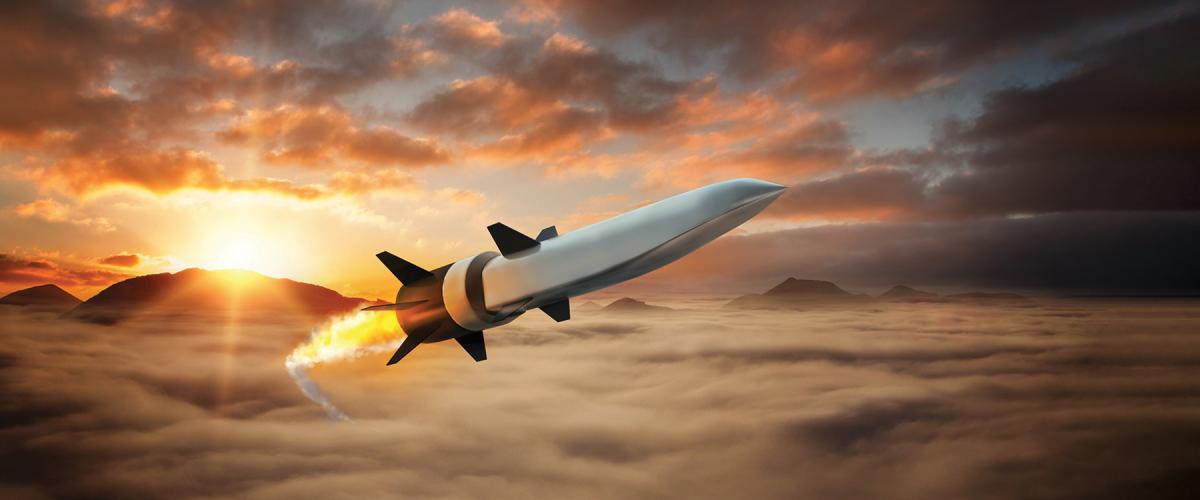
On Dec 1, the Reserve Bank of India introduced the Indian Digital Rupee-R (retail) on a pilot basis with four participating banks. Reserve Bank historian and former central banker Bazil Shaikh explains what a digital rupee is vis a vis traditional money, the advantages and concerns, and its future in cross-border transactions.
Gateway House (GH): What is a Central Bank Digital Currency (CBDC) and how is it different from money as we know it?
Bazil Shaikh (BS): CBDC is a form of digital money denominated in the national unit of account. It is issued as a digital token[1] and seeks to replicate physical banknotes[2] or traditional money in a digital form.
CBDCs are backed by the state authority and keep principles of issue unaltered. Issued as a fiat central bank liability, they have legal tender status, i.e., good to discharge debt and pay taxes. They provide continuity rather than cause disruption.



